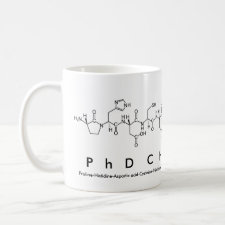
Authors: Morihara K
Article Title: Molecular recognition over footprint cavities.
Publication date: 1997
Journal: Abstracts of Papers of the American Chemical Society
Volume: 213
Issue: (IEC)
Page numbers: 98.
Abstract: Molecularly imprinted sites on a silica gel (alumina) surface, "footprints", are complementary cavities with Lewis acid sites at their bottoms. These sites exhibit catalytic behaviour with tailored specificities, which distinguish footprints from the imprinted absorption sites in vinyl polymers. Our studies of enantioselective catalysis over chirally imprinted cavities reveal that there are two enantioselective mechanisms. The major mechanism allows a chiral molecule to bind in two postures, which produces low enantioselectivities. Another mechanism is observed for binding over the exclusive cavities that accept only one binding posture of a chiral molecule, which brings highly enantioselective catalysis. Our investigation of these binding postures provides useful information on how to design templates for cavities to provide fine molecular recognition



Join the Society for Molecular Imprinting

New items RSS feed
Sign-up for e-mail updates:
Choose between receiving an occasional newsletter or more frequent e-mail alerts.
Click here to go to the sign-up page.
Is your name elemental or peptidic? Enter your name and find out by clicking either of the buttons below!
Other products you may like:
 MIPdatabase
MIPdatabase









